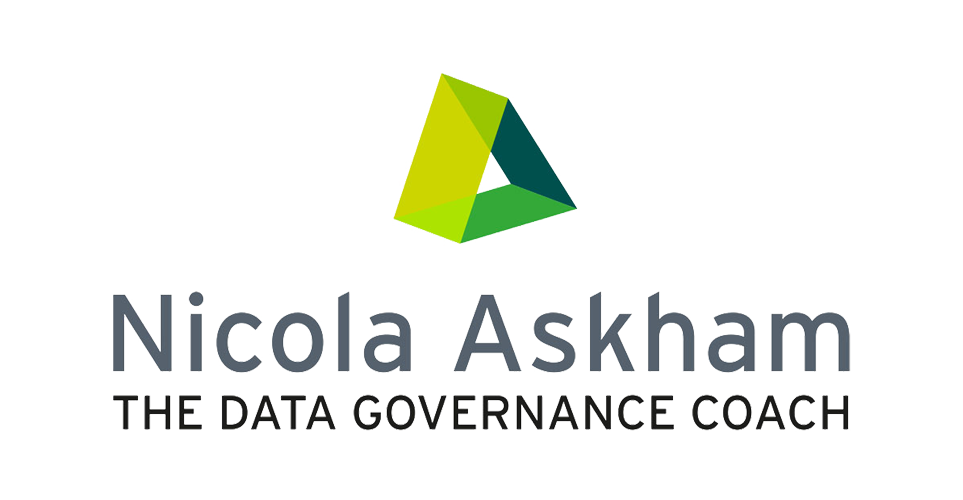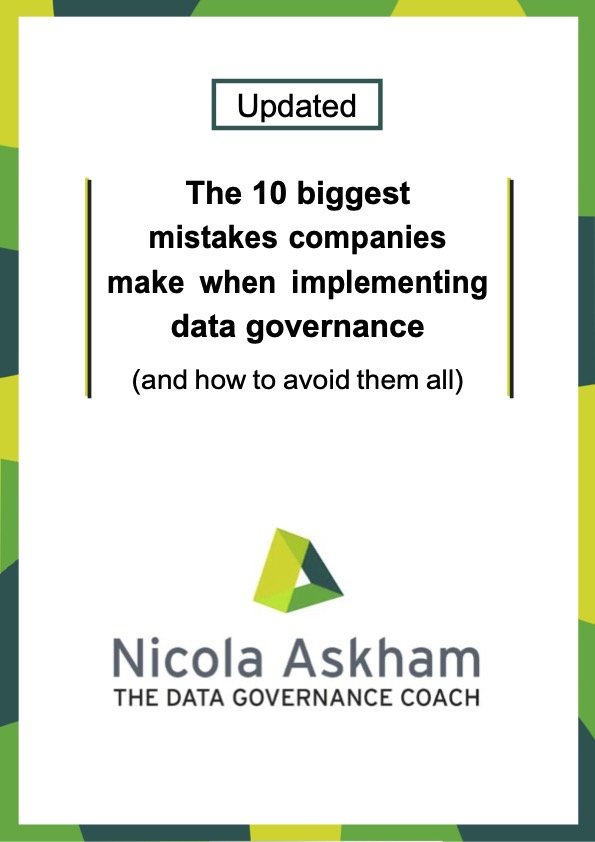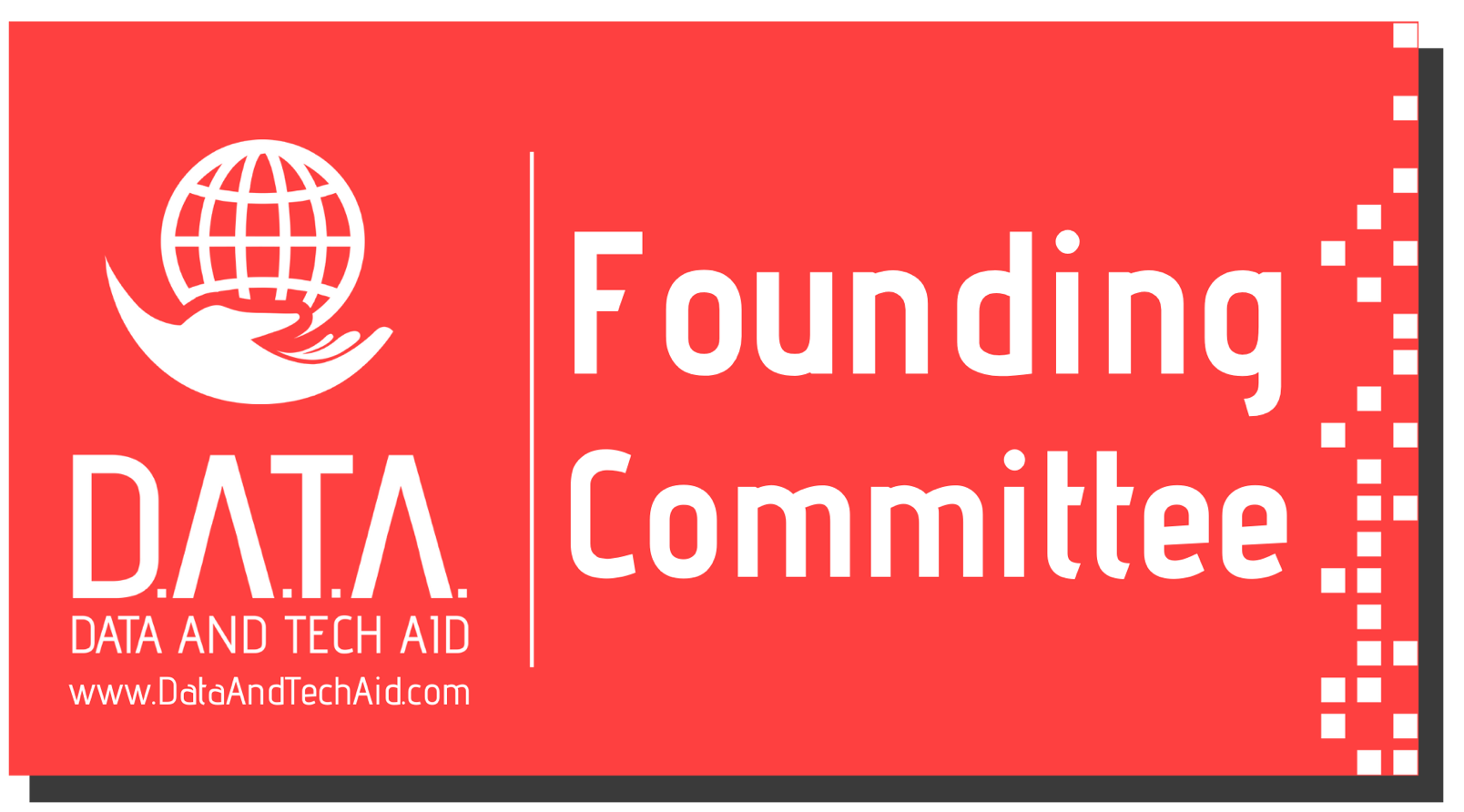Is Data Governance Jargon Really Needed?
/When it comes to Data Governance jargon there is so much out there but is it all really necessary?
If you have ever attended one of my The Six Principles for Successful Data Governance Masterclasses then you will know that there is a very lively Q&A section. I usually just answer these questions on the spot but some of them are such golden nuggets that it would be wasteful not to share them - and this one was one of them: Is Data Governance jargon really necessary?
When it comes to Data Governance jargon, there are indeed a lot of terms and acronyms and it can become overwhelming very quickly, especially for those who are new to the field.
Data Governance is full of jargon and terminology and the interesting thing about it is that it’s all subjective. Different people use different terms, or the same terms differently, and this is usually because of the culture within a particular organisation.
Most are guilty of operating within silos, and it’s not until people move from organisation to organisation that they realise just how much jargon there really is out there. The way the various terms are applied within organisations can vary their meaning. And that’s ok - but you should also be wary of it.
It’s important to make sure you fully understand the meaning of the terminologies within the context of the organisation that you are working with so that there are no crossed wires. Don’t make assumptions about the meanings of particular terms - and if you are ever in doubt, then ask!
When and why to be wary
Data Governance takes a long time, and particularly in the early phases, it takes quite a lot of effort. Therefore, it is understandable that people look for ways to quicken this process up. One of the ways I am often asked if this can be done is by fast-tracking the creation of items like a data glossary by using standard definitions.
However, it’s not a part of the process that can be skipped or glossed over, so to speak. Part of the reason for this is that organisations, even those within the same industry, very rarely use the same terminologies in exactly the same way.
This means there is no bank of standard definitions to pick and choose from; what works for one client, will very rarely work for the next. Only by creating your own data glossary can you be sure that everyone fully understands how your organisation uses the terms and the definitions for them.
When jargon goes wrong in practice
The best way to explain why is to give you a real-life example of a conversation I recently had with a client.
This particular client had been making slow but steady progress with their Data Governance initiative and they had decided to bring forward some target dates for the completion of certain tasks, and to help with this they appointed a project manager. This had happened in between my visits and so when I next visited, I had a conversation with the new project manager, and it went a bit like this:
He said: ‘We've got to get the data glossary built sooner than agreed before and therefore we've got to find a better way of completing the data glossary than getting the data stewards to draft it and the data owners to approve the definitions.’
And naturally, I said: ‘Well, I can't think of a faster way that would be successful that I've seen to date.’
He replied: ‘We've got a really good idea. There's a chap that's joined that department over there. He has just come from another company in the same industry. He's got some time spare, and we've given him the fields that we need to be defined.’
I replied: ‘But if he is new to this company, he doesn't know what this organisation means by those terms.’
And the project manager said: ‘But they are standard terms used in the industry.’
Unfortunately, as I predicted, it was not fine. This team member spent quite a lot of time completing the definitions but when we shared these with the data owners and the data stewards there was a lot of confusion and back-and-forth about various terms and what they mean in different contexts. It turns out that the different companies were using the same terms differently and the attempt to fast-track the activity had backfired and wasted everyone’s time!
Jargon doesn’t just vary from industry to industry
In my experience, where I have worked with multiple clients in the same industry, it is very rare for people to use the same jargon in the same way.
Many organisations think they use terminology in the same way, but when they start comparing - mainly when people move between companies like in our example - there are always subtleties and sometimes it is even more than a subtle difference.
I would love to say that this would be a great way to fast-track the creation of a data glossary and that a bank of standard definitions is the answer to all your prayers, but I'm afraid it's probably more likely to result in confusion.
In our example, it also doubled the workload and prolonged the creation of the data glossary. It also risks disengaging your data owners and data stewards; therefore, I would advise avoiding that approach if you can. Sometimes it is better to take the long road for a better outcome.
When preparing for this blog I thought I would reach out to my data peers and get their thoughts on how important, or not important, Data Governance jargon is.
Some interesting answers were received (see here) with mixed reviews as to whether Data Governance jargon should be used and if so, how important it is.
The majority of answers were in agreement that jargon can make things much more complicated and that it should be simplified so that business users can understand it better, whilst others were of the opinion of strictly no jargon at all, as it was felt it was a highly contributing factor to the lack of buy-in from senior stakeholders.
Another interesting suggestion was that jargon was not the issue as all specialisms use jargon and the focus should be placed on outcomes.
The key takeaway that seemed to resonate throughout was that interoperability was the important thing to consider when building a dominant governance framework and not so much jargon.
What do you think? Is Data Governance Jargon Really Needed? Let me know in the comments below.
Make sure you’re signed up to my next The Six Principles for Successful Data Governance Masterclass. It’s a free online event that will answer your initial questions about Data Governance and share the six principles that underpin all successful Data Governance initiatives. Find out more here.
Don't forget if you have any questions you’d like covered in future videos or blogs please email me - questions@nicolaaskham.com.
Or, if you’d like to know more about how I can help you and your organisation then please book a call using the button below.





















